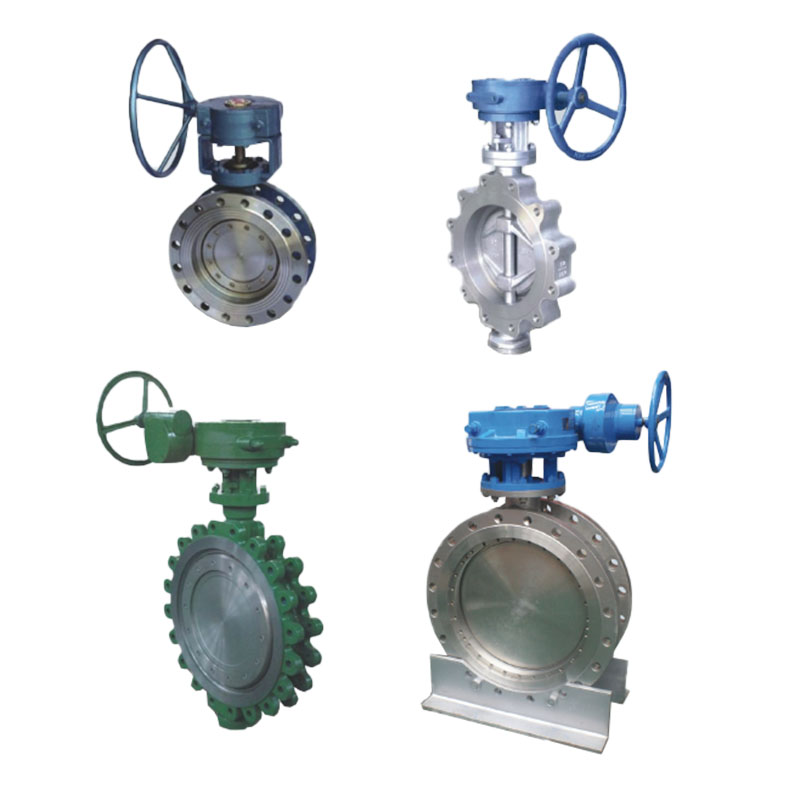Zhejiang Shunlin Valve Co., Ltd. is China Flange Valve Manufacturers, we are design and manufactures API standard valves (globe valves, gate valves, check valves, ball valves).
A swing check valve allows forward flow while blocking reverse flow of piping systems
Update:2023-11-09 9:00:00 Thursday
Summary:A swing check valve allows forward flow while blocking reverse flow of piping systems. They are commonly used in water and wastewater, industrial, and commercial applications. Unlike the butterfly valve, which also acts as a check valve, it has a one......
A swing check valve allows forward flow while blocking reverse flow of piping systems. They are commonly used in water and wastewater, industrial, and commercial applications. Unlike the butterfly valve, which also acts as a check valve, it has a one-way flow function that is not interrupted by manual override controls. A swing check valve has two hinged flaps which are designed to prevent backward flow by closing before the fluid reaches its seat. This prevents the valve slam and resulting water hammer effect.
This type of check valve is available in both inline and Y-shaped designs. The valve operates based on pressure differences between the upstream and downstream sides of the valve. When the upstream side experiences higher pressure, the disc is lifted away from the seat to allow forward flow and then returned to the seat when the flow stops.
As with all check valves, the primary function is to prevent backward flow. However, in some cases, the system’s requirements may dictate a downward flow, such as in firefighting equipment and sewage systems. This type of flow is more likely to amplify the impact of water hammer than a horizontal or upward flow. The design of a swing check valve can prevent this by closing before the valve slams against the seat and potentially damaging it.
There are many different types of swing check valves, including lever and weight, double-arm, and Y-shaped. These vary in the operation of their discs and seats, and they are suitable for a variety of media types and conditions. Some of the most common uses of these check valves include sewage and industrial liquids, water, steam, oil, acetic acid, and nitric acid.
A traditional lever and weight swing check valve require an external lever and weight to speed up the closure of the disc. This prevents reverse velocities from slamming the disc into the valve seat and causing damage to both the disc and the seat, while the double-arm swing check valve has an internal mechanism that reduces this impact.
Both the Y and double-arm swing check valves are capable of handling high head pressure and large flow rates. These types of check valves have a long service life and are suitable for a wide range of application, such as petroleum, chemical, pharmaceutical, fertilizer, power, and other pipelines.
Although these check valves are designed to last for a long time, they should be visually inspected on a regular basis by a responsible technician. This includes identifying leaks, rust, and other wear. It is also important to clean the disc and seat regularly, particularly in environments where foreign particles often become trapped between the seals. Failure to do this can cause the seals to become damaged, and this can lead to failure of the check valve. APCO offers a complete selection of swing check valves, which are manufactured to the highest industry standards. We offer forged and cast models, as well as a variety of sizes, materials, and designs.



 English
English 中文简体
中文简体 русский
русский







